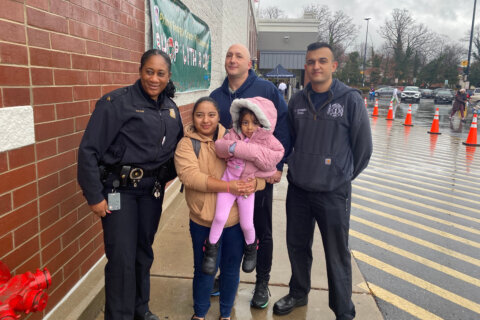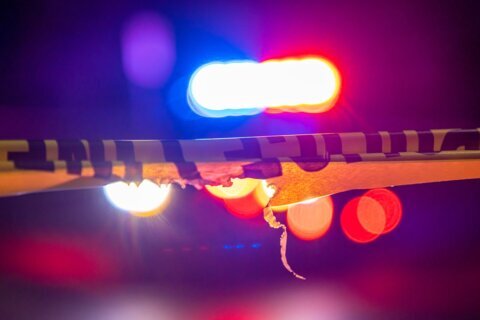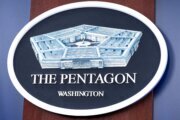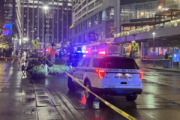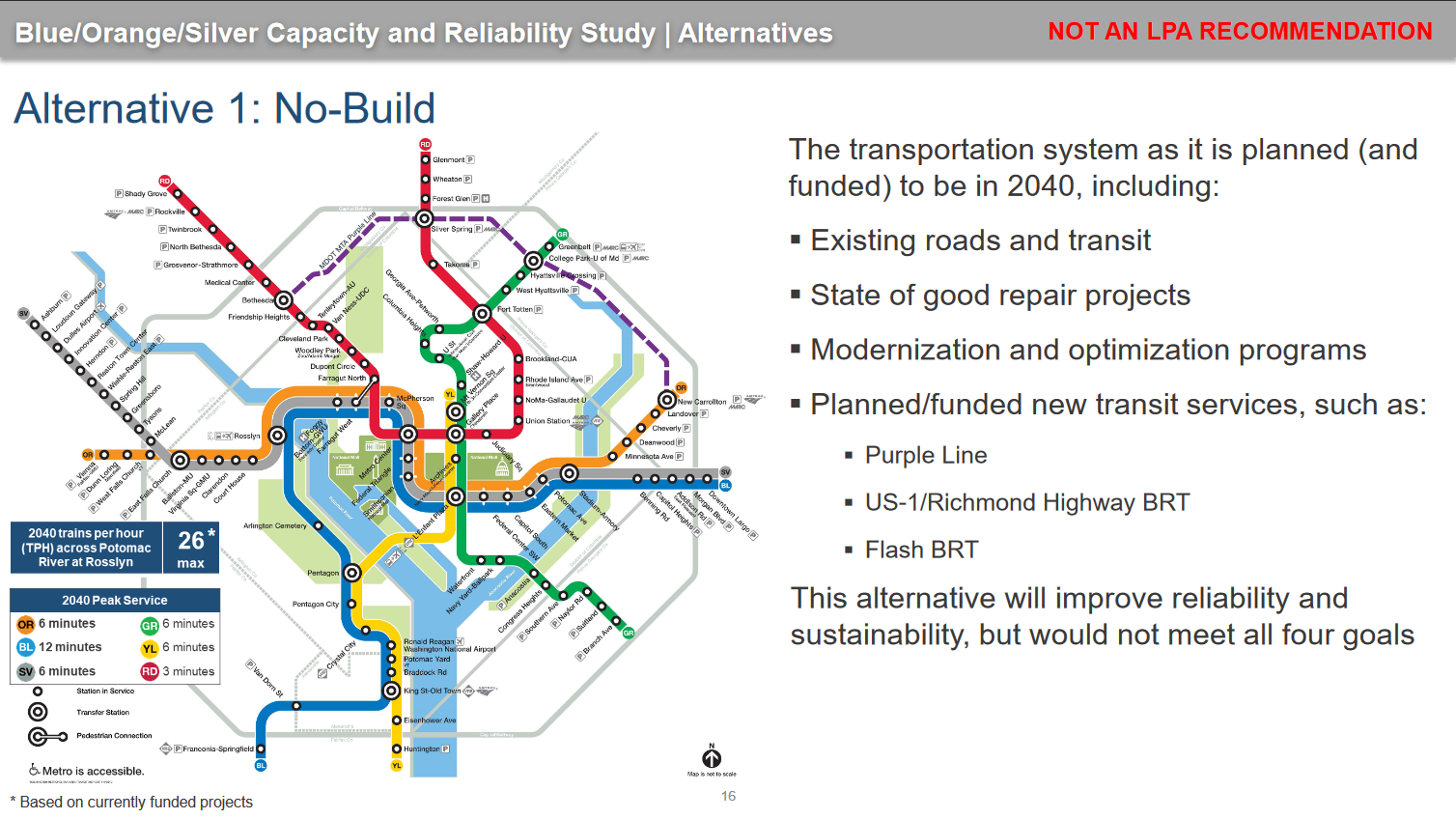
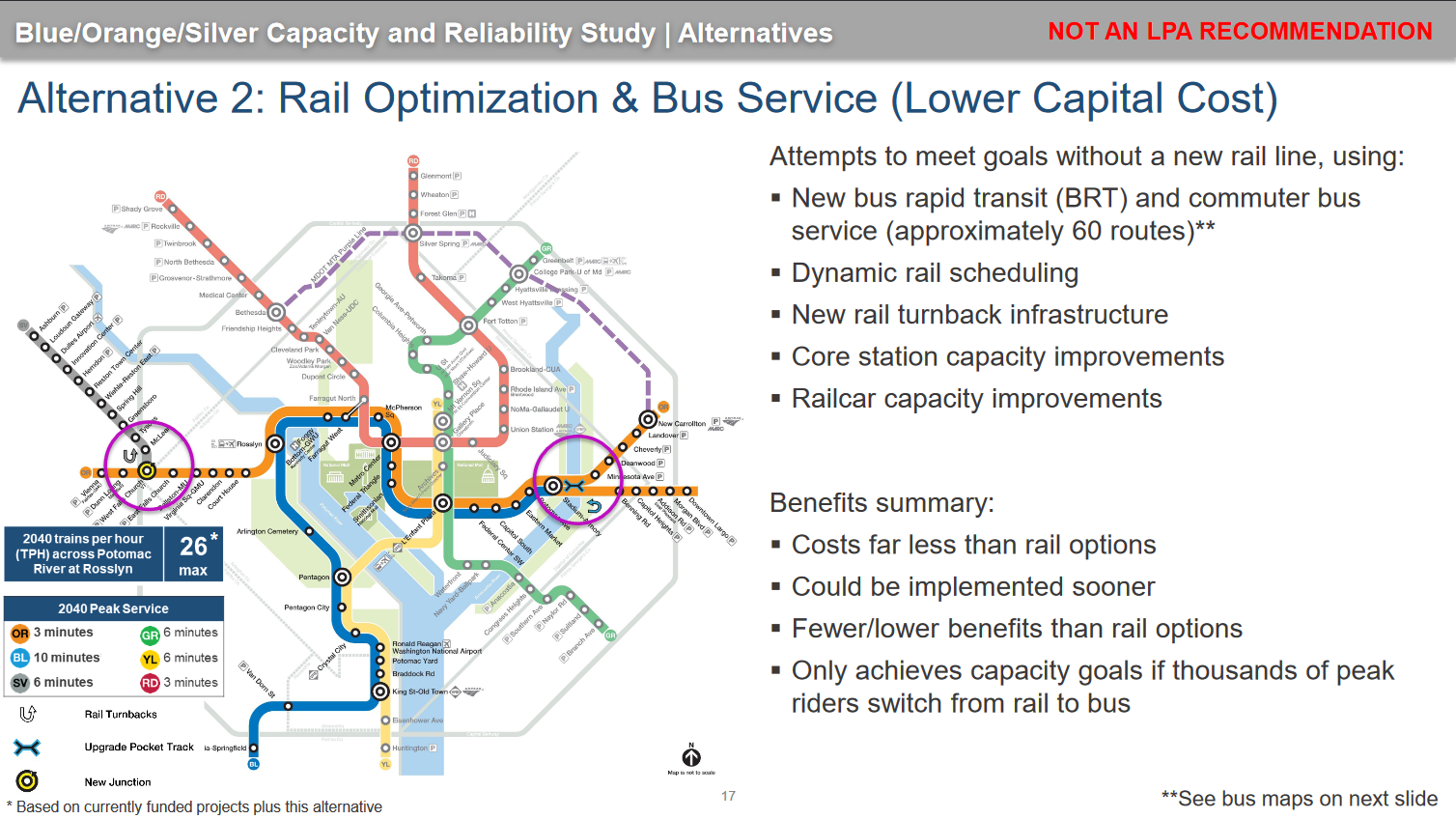
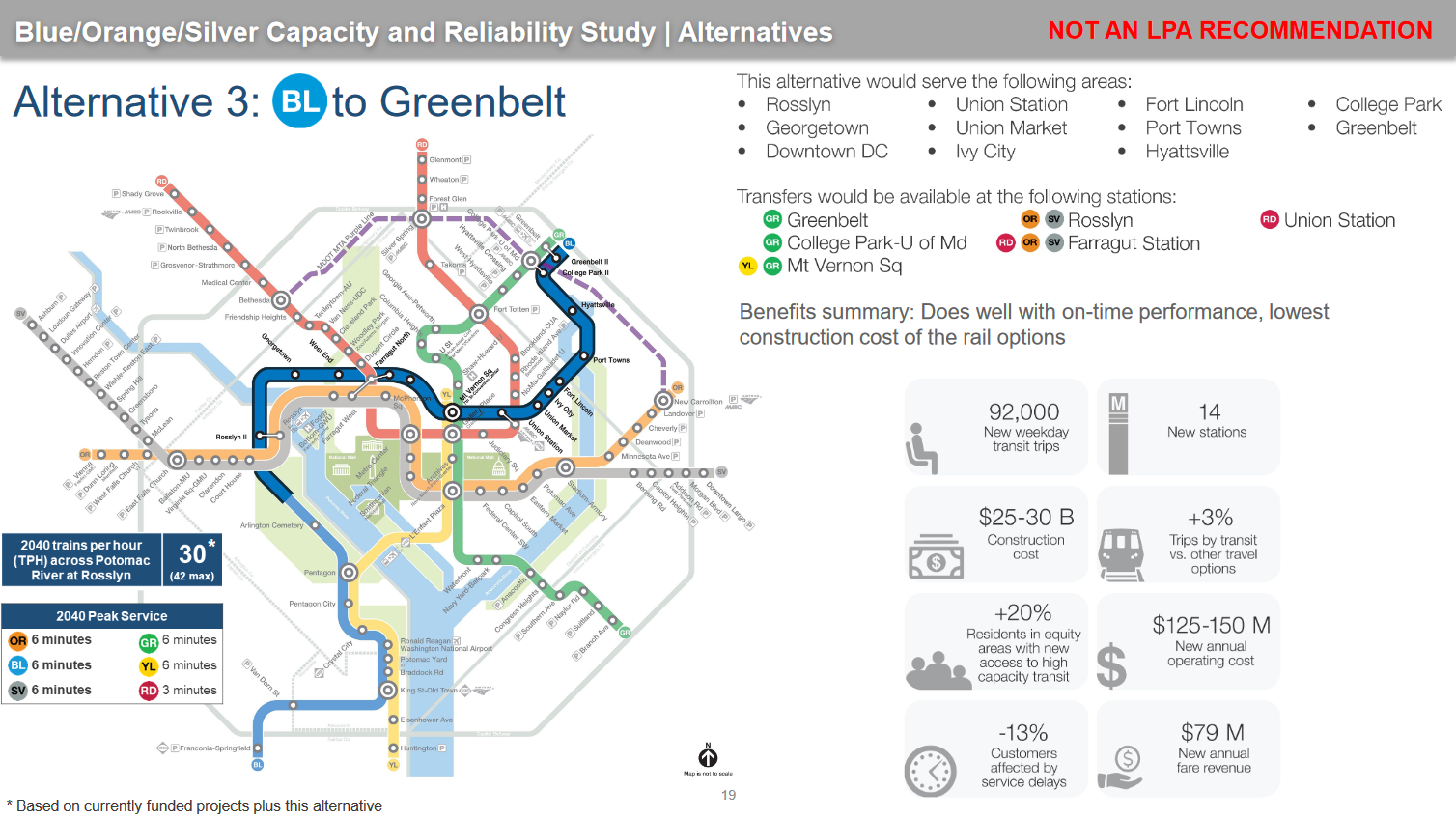
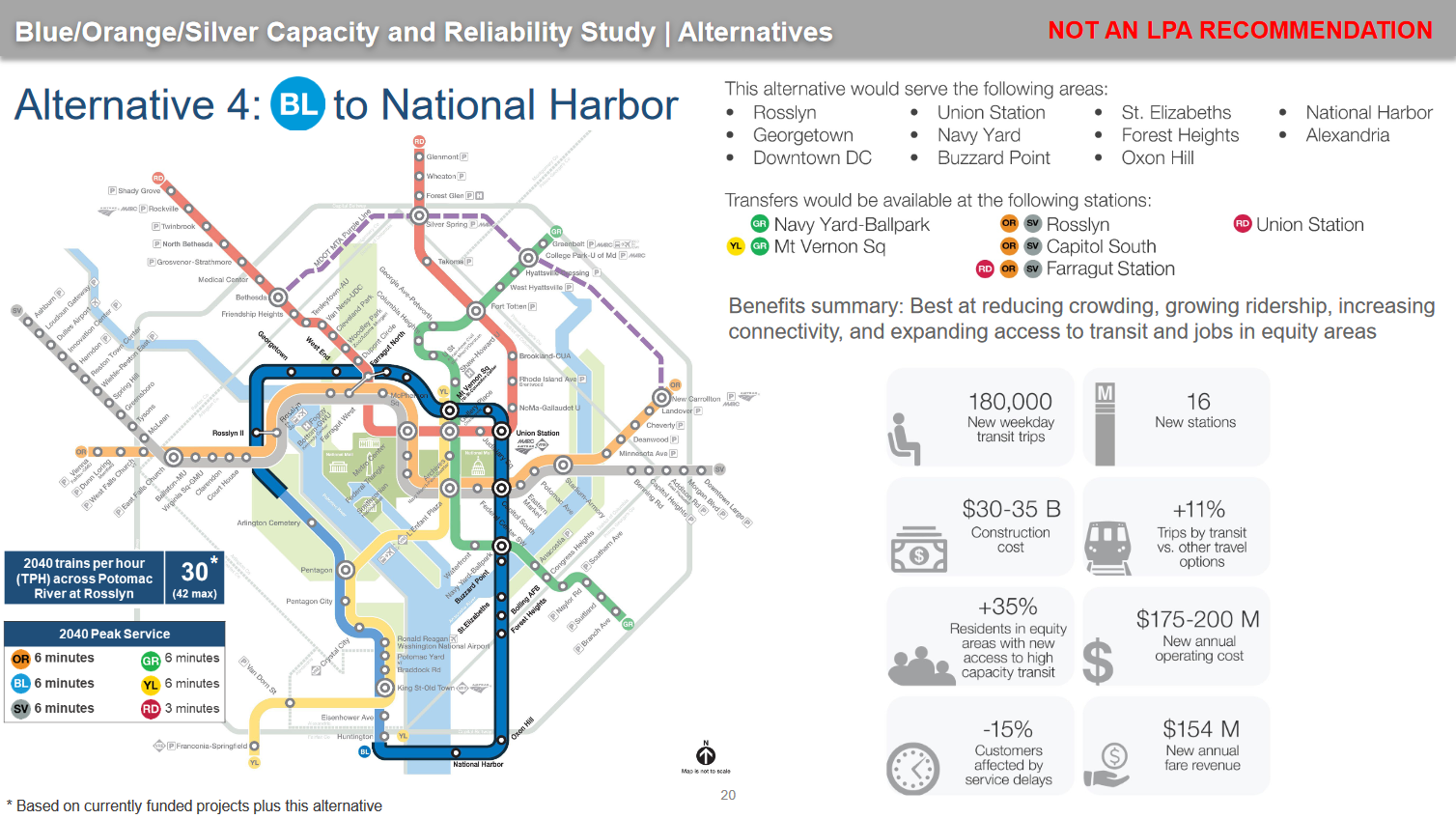
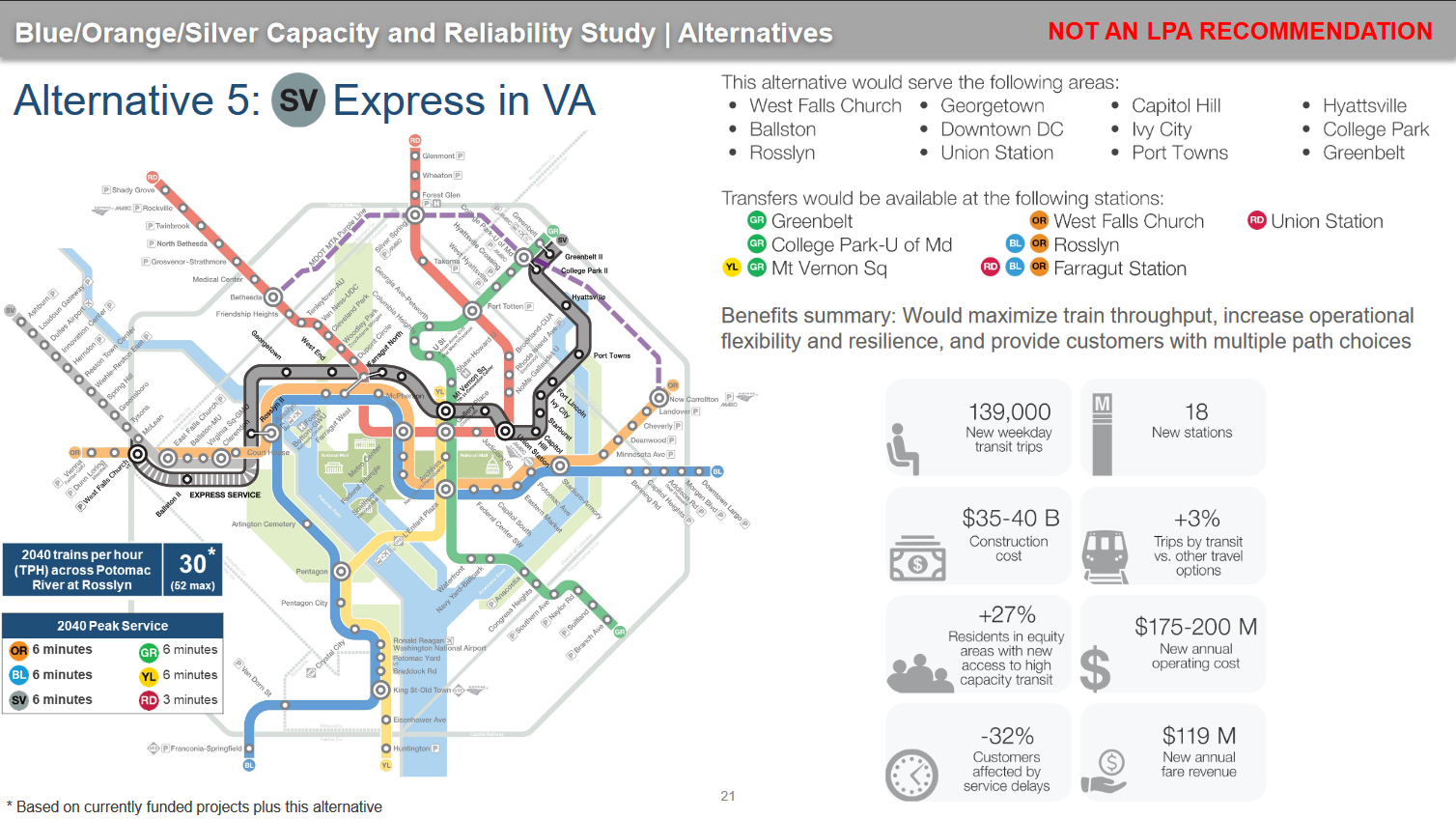
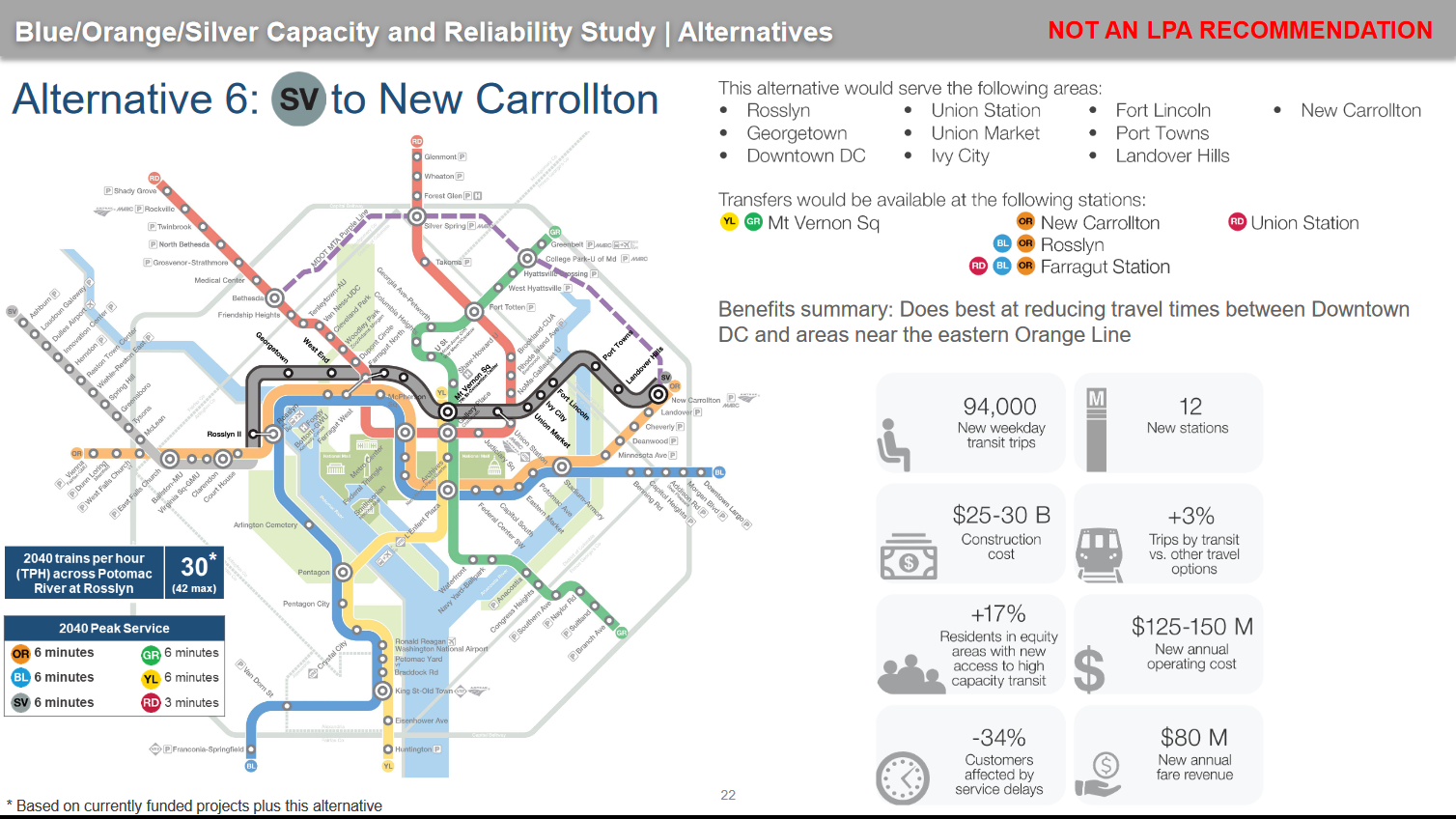
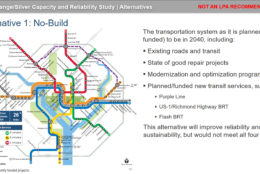
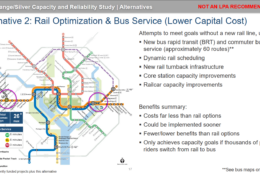
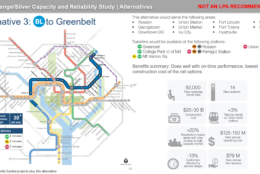
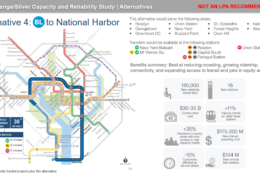
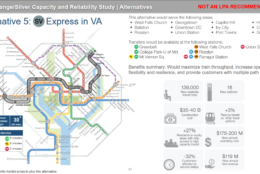
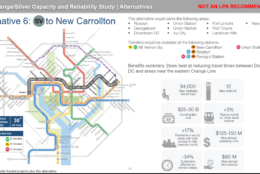
Big changes could be coming to the Washington Metro system in the coming years and decades: Multiple options are on the table as the mass transit system starts looking deep into the future of a growing region.
The main concern for the future is the Blue, Orange and Silver Line corridor. Metrorail foresees growing ridership in the coming years that will eventually exceed what numbers were before the COVID-19 pandemic.
But with those three lines sharing one set of tracks between Rosslyn and Stadium-Armory, Metro can’t run more than 26 trains total each way on that set of tracks. If something were to happen at any of the numerous stops on that shared stretch, a minimum of three lines would be disrupted.
A big project would be costly, but Metro officials argue it’s still affordable when taking into account how much economic activity the region generates.
Metro’s goal is to reduce future crowding, while also growing ridership and better connecting the D.C. region. On Thursday, the Metro Board will be presented with six different alternatives before the transit system starts asking for public input.
According to agency officials, Alternative Four does the best at meeting those goals, though it comes at a price tag of $30 to $35 billion. It would essentially turn the Blue Line into a loop, running from Rosslyn to new stops in Georgetown and D.C.’s West End before meeting in the Farragut Square area, connecting the Farragut North and Farragut West stations.
Under this option, the Blue Line would make its way to Union Station before heading south toward Navy Yard and Buzzard Point, across the Anacostia River to St. Elizabeths Hospital and Joint Base Anacostia-Bolling, and all the way to National Harbor. Then, the track would cross the Potomac River to Huntington station before returning north to Rosslyn.
Metro said that choice would see 16 new stations total, which would increase ridership by 180,000 trips, bringing in $154 million in new fare revenue and adding high-capacity transit to several areas that don’t currently have it.
Alternative Five came in a close second. Under that option, the Silver Line would run north from Rosslyn to Georgetown and eventually Union Station, just as the Blue Line does in Alternative Four.
But instead of turning south, the Silver Line would go east along the north side of Capitol Hill and the H Street corridor, before turning up into Ivy City and Fort Lincoln. From there, it would cross the Anacostia into Port Towns (Bladensburg) and downtown Hyattsville, before sharing a track with the Green Line between College Park and Greenbelt.
Metro said the 18 new stations in that alternative would add 139,000 new trips, adding $119 million in new fare revenue, but at a cost of $35 to $40 billion.
Other options that didn’t score as well would include the Silver Line following a similar path from Rosslyn to Union Station, but then moving toward Union Market and Ivy City. When it hits Port Towns, it would start to move its way back to New Carrollton.
But the amount of revenue generated in that scenario would be about $40 million less, with tens of thousands of fewer trips taken on that adjusted route. Similarly, Metro looked at a Blue Line route that would run from Rosslyn to Georgetown and, similar to the Silver Line route in Alternative Five, take passengers to Greenbelt.
Two options would see no new stations built: Alternative Two, which is an increased bus rapid transit system, and Alternative One, which is to simply do nothing.
While the $30 billion-plus price tag will make many leaders blanch, Metro points out the region plans to spend just as much money on new roads over the same amount of time, adding more cars and more traffic to the roads.
Metro argues it’s an affordable possibility, with the region’s total economic output estimated to be $25 trillion between now and 2045.
Since construction of new lines and stations (some above ground, some below) will take the next two decades, Metro believes it has to start planning for the future now so the system can handle the number of riders it expects to serve by then, even as it also struggles to deal with present-day financial difficulties, too.


